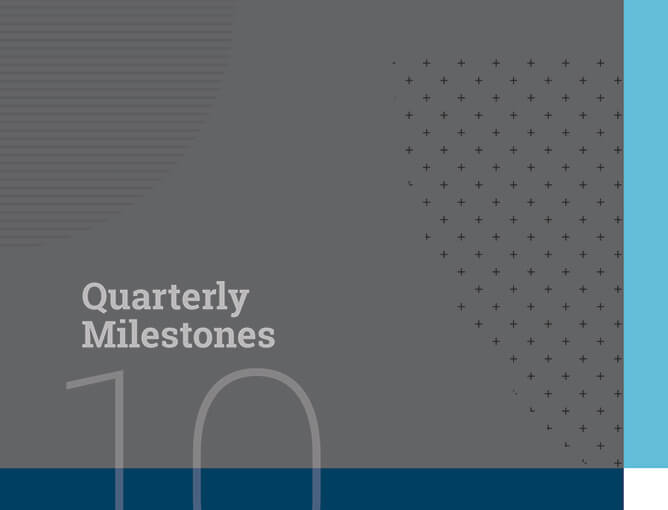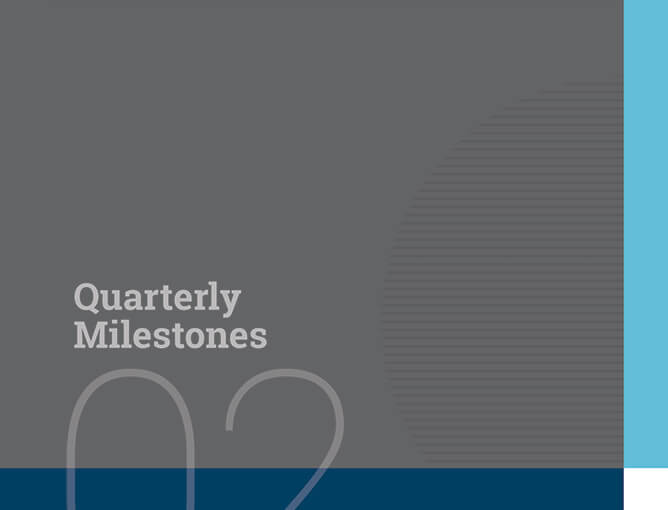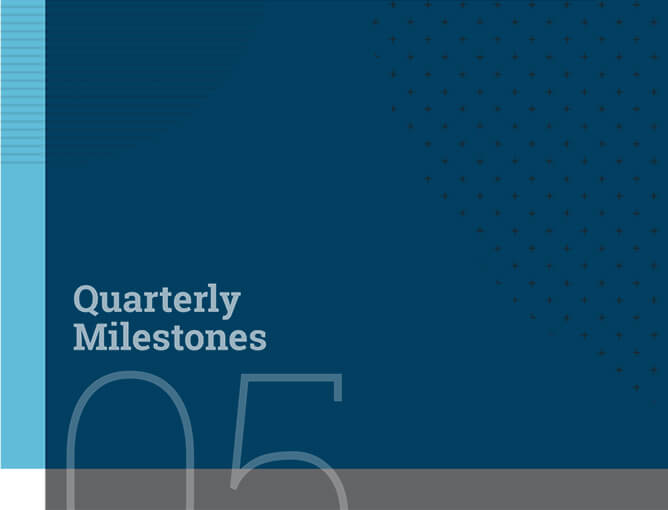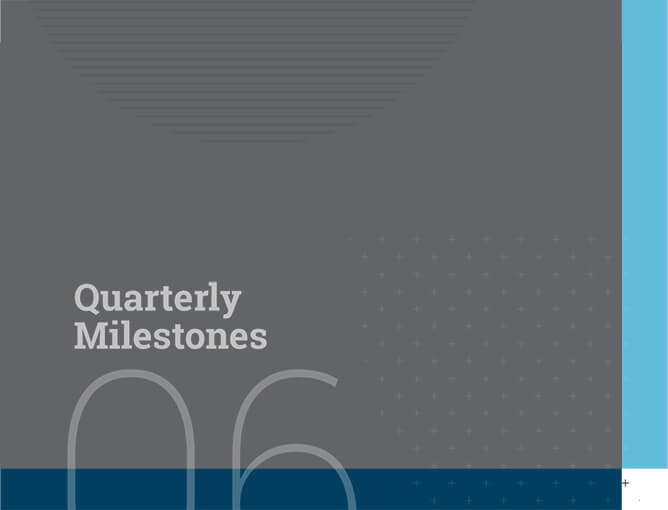
Joseph JimmyPartner

Archana RawatCounsel

Ritwik SrivastavaAssociate
The last quarter witnessed the regulatory overhaul of the overseas investment (ODI) framework as well as the digital lending guidelines. The overhaul of the ODI regime was aimed at addressing the growing financial needs of Indian corporates and resident individuals in an increasingly integrated global market. The digital lending guidelines were intended to improve the regulation of digital lending activities. Other key developments included two judicial pronouncements by the Supreme Court of India. The first was on the interplay between the Securities and Exchange Board of India’s (SEBI) circular on defaults and the Reserve Bank of India’s (RBI) framework on stressed assets as it relates to voting by the debenture holders. The second was on the scope of the adjudicating authority’s powers in dealing with insolvency applications by financial creditors. Lastly, the SEBI framework on non-convertible debentures was modified to cater to any change in existing debentures in relation to existing security, creation of additional security and conversion of unlisted debentures to listed debentures.
Key Developments
-
Revised framework on overseas investment by Indian corporates/resident individuals
The previous ODI framework comprised:
- the Foreign Exchange Management (Transfer or Issue of any Foreign Security) Regulations, 2004,
- the Foreign Exchange Management (Acquisition and Transfer of Immovable Property Outside India) Regulations, 2015 and
- the Master Directions - Direct Investment by Residents in Joint Venture (JV)/Wholly Owned Subsidiary (WOS) Abroad dated 1 January 2016.
This was recently superseded by a new regime introduced by the Government of India in consultation with the RBI.
The new ODI regime came into effect from 22 August 2022, in the form of the Foreign Exchange Management (Overseas Investment) Rules, 2022, the Foreign Exchange Management (Overseas Investment) Regulations, 2022 and the Foreign Exchange Management (Overseas Investment) Directions, 2022 (collectively, the New Regime).
The key differences between the old framework and the New Regime which could have an impact on financing transactions are:
- The old regime allowed calculation of ‘financial commitment’ limits for an Indian party. This was the limit up to which an Indian party could lend or invest in debt instruments issued by a foreign entity or extend non-fund-based commitments to or on behalf of a foreign entity, including its own overseas step-down subsidiary. It could do this after considering the net worth of its holding company and/or its subsidiary company where at least 51% stake was held in or by the Indian party. The New Regime has omitted the above provision. Net worth will now be reckoned for the entity which is providing the financial commitment and will be 400% of the net worth of the Indian party. The only exception which is available to this general rule is where an individual, who is a resident promoter of the Indian party, is issuing a guarantee on behalf of the relevant foreign entity or relevant subsidiary. In that case, the net worth of the Indian party will be considered.
- Guarantees could be issued under the old regime to secure the obligations of a subsidiary or joint venture or first-level step-down subsidiary of the Indian party, i.e., the entity holding equity in the overseas subsidiary or joint venture. A new criterion of ‘control’ by the Indian party has been introduced under the New Regime. The term ‘control’ has been defined to mean “the right to appoint majority of the directors or control management or policy decisions exercisable by a person or persons acting individually or in concert, directly or indirectly, including by virtue of their shareholding or management rights or shareholders’ agreements or voting agreements that entitle them to ten per cent or more of voting rights or in any other manner in the entity.”
- Lastly, an Indian party’s ability to create a pledge over shares of an overseas subsidiary or joint venture company to secure loans taken by third parties in India, i.e., group companies or associate/sister concerns of the Indian party, has been removed under the New Regime.
-
RBI introduces guidelines on digital lending
With digital lending increasingly gathering steam as the preferred lending channel in the country, the RBI has introduced guidelines to curb the spate of unethical lending practices that currently plague the digital lending ecosystem (Digital Lending Guidelines). Issued on 2 September 2022, the Digital Lending Guidelines put in place customer protection requirements, mandate certain disclosures to be made and formulate grievance redressal mechanisms such as the appointment of a nodal grievance redressal officer. Honing in on the digital aspect of the lending activity sought to be regulated, the guidelines also focus on data protection. They allow lenders to store only basic information, such as names and contact details required for processing the loan; storage of biometrics or access to mobile phone resources such as contact lists and files is not permitted. The Digital Lending Guidelines also enumerate other mechanisms intended to ensure that customers are informed and aware of their rights, and that arbitrariness and unfair practices are not prevalent in the digital lending sphere.
With the Digital Lending Guidelines, the RBI aims to keep up with the increasing usage of online tools for financial tasks while protecting the interests of the investor. While the guidelines apply immediately to all new digital loans sanctioned, they ease the process of transition for existing digital loans by allowing compliance until 30 November 2022.
(To read our detailed update on the RBI Press Release on digital lending, click here.)
-
Supreme Court’s judgement on ISIN-wise voting by debenture holders
In SEBI v Rajkumar Nagpal & Ors., the Supreme Court heard an appeal by SEBI against a judgement of a division bench of the Bombay High Court. The question being considered was whether holders of listed non-convertible debentures must follow the voting procedure prescribed by the SEBI circular on ‘Standardisation of procedure to be followed by Debenture Trustee(s) in case of default by issuers of listed debt securities’ dated 13 October 2020 (SEBI Circular).
The SEBI Circular mandates a ‘super majority’ consent from debenture holders for two types of actions at the international security identification number (ISIN) level i.e., to express (a) dissent against enforcement of security, and (b) assent/consent in relation to entering into an inter-creditor agreement. Such consent is defined as approval of not less than 75% of the debenture holders by value of the outstanding debt and 60% of the debenture holders by number, each at the ISIN level.
The Bombay High Court had held that since the debenture trust deeds were executed prior to the date of the SEBI Circular, it would not apply retrospectively and therefore, voting on a resolution plan would be carried out in terms of the debenture trust deeds. The Supreme Court overturned the High Court’s decision and held that SEBI Circular would apply retroactively. However, the Court did not reopen the voting which had already taken place and observed that the existing compromise was in the interests of all parties and should not be disturbed. While this judgement has cleared the air regarding the interplay between voting by debenture holders in connection with resolution plan under the RBI framework, it remains to be seen if this will have any impact on resolution plans for corporate insolvency under the Insolvency and Bankruptcy Code, 2016.
-
Amendments to SEBI guidelines for debenture trustees and listed issuer companies
The regulatory framework on the issue and listing of non-convertible securities and due diligence by debenture trustees has been revamped in the last few years. As a further step, SEBI through its circular dated 4 August 2022, introduced the following guidelines/clarifications on security creation and due diligence by debenture trustees.
- The circular sets out the manner of change in security, creation of additional security and conversion of already listed non-convertible debt securities from unsecured to secured.
- It has been clarified that due diligence by debenture trustees is required not just for initial security creation but also for any change in nature of debentures from unsecured to secured, or creation of any additional security or any change in secured assets.
-
Supreme Court holds the NCLT’s power to admit a financial creditor’s application for corporate insolvency to be discretionary
In Vidarbha Industries Power Ltd. v Axis Bank Ltd., the Supreme Court of India held that the NCLT need not mandatorily admit an application filed by a financial creditor under Section 7 of the Insolvency and Bankruptcy Code, 2016 (IBC) seeking initiation of corporate insolvency by a financial creditor even if the existence of financial debt and default by the corporate debtor is established.
Axis Bank, the financial creditor, had instituted a proceeding under Section 7 against Vidarbha. Vidarbha sought a stay on such proceedings on various grounds which were extraneous to the existence of debt and a default thereon. Vidarbha contended that the Appellate Tribunal for Electricity (APTEL) had awarded Vidarbha INR 1,730 crores, which would enable Vidarbha to clear its outstanding dues, but a challenge against the APTEL’s order before the Supreme Court stood in the way. Both the NCLT and the National Company Law Appellate Tribunal (NCLAT) dismissed Vidarbha’s stay application by holding that the moment it was established that there was a financial debt and the same was in default, there would be no question of passing an order of stay.
However, the Supreme Court allowed Vidarbha’s appeal against the NCLAT’s decision. The Supreme Court relied on the phrase “may, by order, admit such application” in Section 7(5)(a) of the IBC and held that the NCLT has discretion to admit a financial creditor’s application, and if circumstances warrant, the NCLT can keep the admission in abeyance or even reject it. The Supreme Court observed that the IBC’s object was not to penalise solvent companies, temporarily defaulting in repayment of their financial debts. Illustratively, the Supreme Court stated that if admission of an application under Section 7 is opposed on the ground of existence of an award or decree in favour of the corporate debtor exceeding the amount of debt, the NCLT may keep the admission in abeyance unless the award or decree is incapable of realisation.
A review petition against the Supreme Court’s decision has been dismissed. This ruling is likely to cause delays in the admission of insolvency petitions as borrowers may now raise extraneous reasons despite the debt and default being established.
The introduction of the New Regime is aimed towards promoting the ease of doing business by Indian entrepreneurs and simplifying compliance and reporting requirements.












